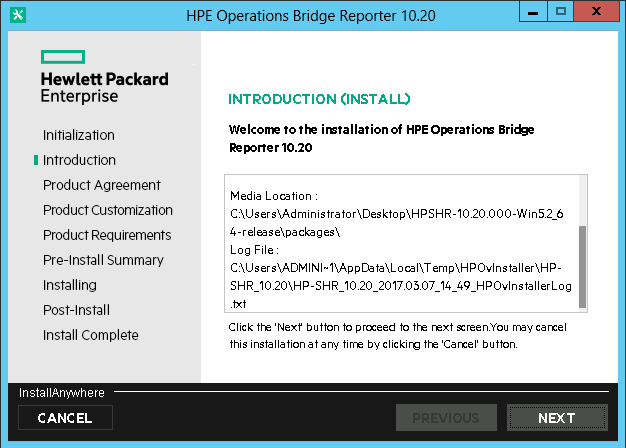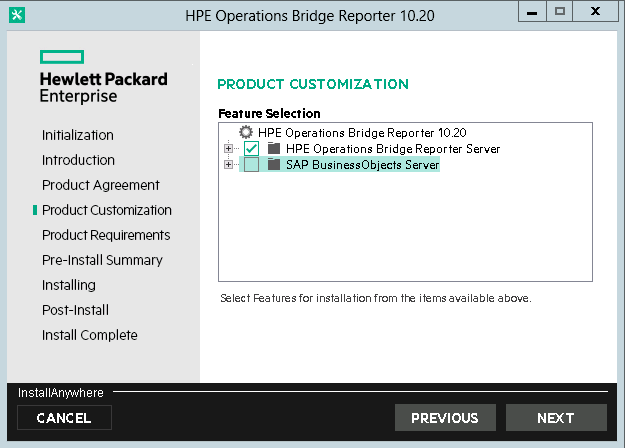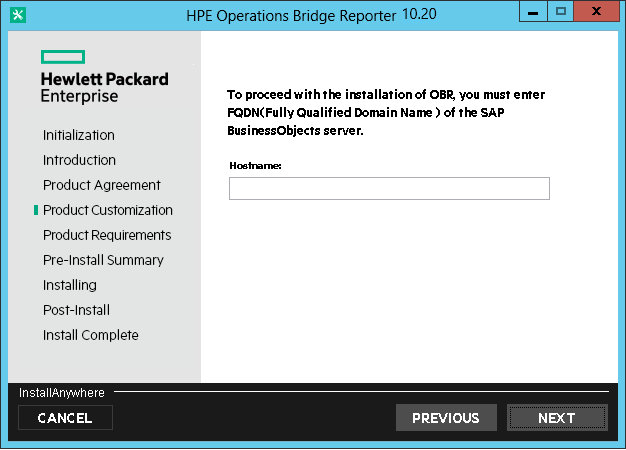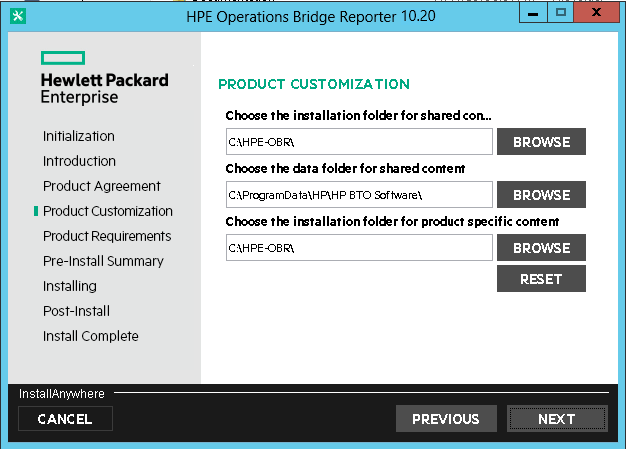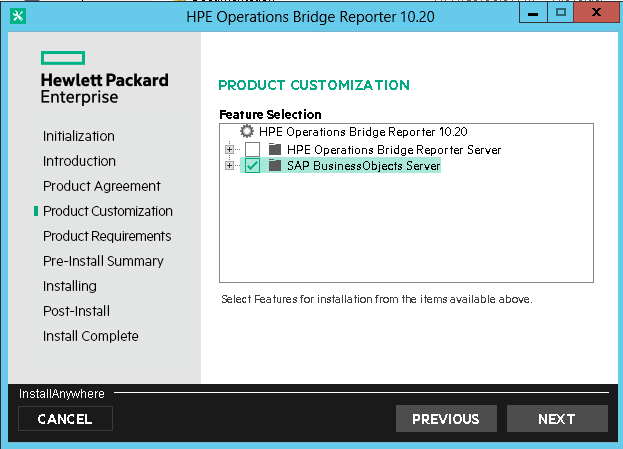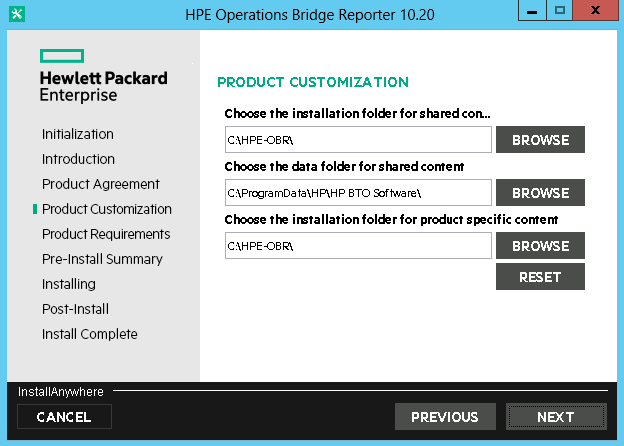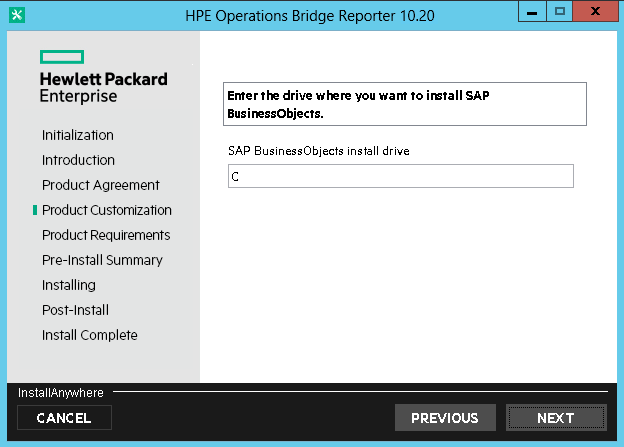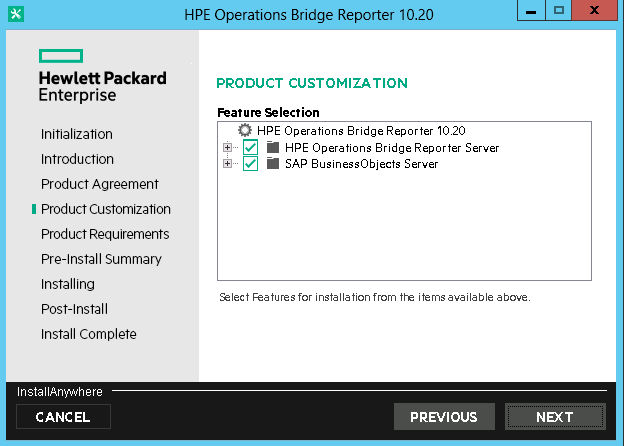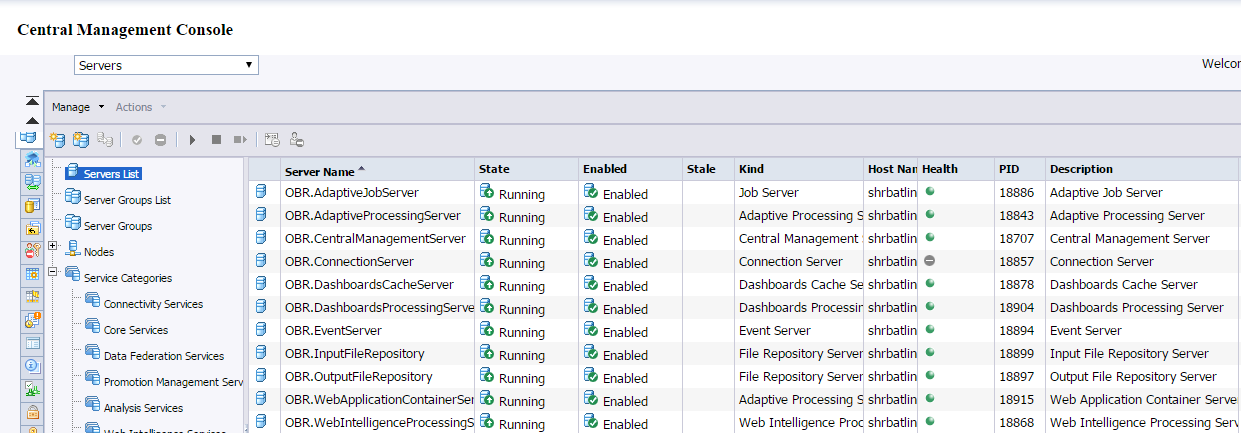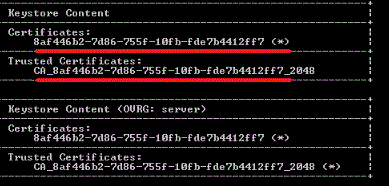You can upgrade to the latest version of OBR from the OBR 10.01, 10.02 and 10.10 versions only. You cannot upgrade any other older versions of OBR directly to the latest version.
The Operations Bridge Reporter (OBR) software is available in TAR image part files:
HPEOBR_1020_Lin64.part1
HPEOBR_1020_Lin64.part2
HPEOBR_1020_Lin64.part3
HPEOBR_1020_Lin64.part4
HPEOBR_1020_Lin64.part5
Before you start installing OBR, you must download .tar file into a single location and perform a merge of the contents.
Note: You must not download the .tar file under /opt directory.
Step1: Download the TAR Image Part Files and Check for File Integrity
- Download the part files to a directory on the server where you intend to install OBR.
- Evaluate the md5 checksum of the downloaded image part file then compare and verify if it matches with the corresponding md5 checksum value as listed in “Distribution Contents and MD5 Checksum Values”.
Step 2: Merge the TAR Image Part Files
-
Download the TAR Image parts into a temporary folder on the system where you intend to install OBR.
For example: /tmp/HPEOBR_1020-parts.
-
To change directory to the location where you copied the contents of the image part files, run the following command:
cd <temp location>
For example: cd /tmp/HPEOBR_1020-parts
Note: Ensure that you have adequate space in the directory.
-
To merge the contents into a single TAR Image file, run following command:
cat HPEOBR_1020_Lin64.part1 HPEOBR_1020_Lin64.part2 HPEOBR_1020_Lin64.part3 HPEOBR_1020_Lin64.part4 HPEOBR_1020_Lin64.part5 > /tmp/HPEOBR_1020-parts/HPEOBR_1020_Lin64.tar
Note: You must type the command in a single line.
Step 3: Verify the Reassembly of the Build Segments
Compare and verify if the md5 checksum of merged file matches with the corresponding md5 checksum value as listed in “Distribution Contents and MD5 Checksum Values”.
Distribution Contents and MD5 Checksum Values
| File Name |
Size |
MD5 Checksum |
| HPEOBR_1020_Lin64.part1 |
4,294,967,296 |
701a52cbbc3582dbe425f6fa4c6566e8 |
| HPEOBR_1020_Lin64.part2 |
4,294,967,296 |
7837d68dc3d93b02724084b939164501 |
| HPEOBR_1020_Lin64.part3 |
4,294,967,296 |
bd19d670a1398e2d98caf314a19e48aa |
| HPEOBR_1020_Lin64.part4 |
4,294,967,296 |
f38809c57b3c3537763f101356ae25ff |
| HPEOBR_1020_Lin64.part5 |
921,972,736 |
8bf01ffe7fb95f6cb8ebb070c0117030 |
| HPEOBR_1020_Lin64.tar (Merged file) |
18101841920 |
9ed600c73c784e278f1adabda4594363 |
The OBR media is now available as a single TAR file in the following location:
/tmp/HPEOBR_1020-parts/HPEOBR_1020.tar
Run the command tar -xvf HPEOBR_1020.tar, you will find the HP-SHR_10.20_setup.bin to move ahead with the installation.
Note: You must ensure that the SAP BusinessObjects directory of the unzipped .tar folder has all the access rights (777) to the owner and to the other groups as a requirement for SAP BusinessObjects. Follow these steps:
- Go to
<Location of unzipped OBR bits>/packages.
-
Run the command chmod 777 BO.
Prerequisites for Upgrade
Before you proceed with the upgrade of OBR, complete the following tasks:
- Ensure all the installation prerequisites and preinstallation tasks listed in the Install section of this guide are met. Select the installation scenario similar to OBR 10.x setup from the selections page in this interactive guide and perform the Prerequisites and Preinstallation tasks.
- Update bash shell to the latest version.
-
Grant complete access to the shrboadmin user by performing the following steps:
- Go to
<Location of unzipped OBR bits>/packages.
-
Run the following commands:
chown shrboadmin:shrboadmin -R BO
chmod 777 -R BO
-
Stop the Vertica Service.
-
To check the status of Vertica Service, run the following command:
service HPE_PMDB_Platform_Vertica status
If the status is running, execute the following command:
service HPE_PMDB_Platform_Vertica stop
- Ensure all the installation prerequisites and preinstallation tasks for Vertica listed in the Install section of this guide are met.
Note:
Prerequisites for Vertica Upgrade
When you upgrade Vertica server to OBR 10.20, your Vertica is upgraded to Vertica 8.0.1. Ensure the following before upgrading OBR Vertica server to 10.20:
- For Vertica 8.0.1, Linux file system must be ext4; all other file system types are unsupported.
- If your Linux file system is ext3, you must convert it to
ext4. To convert your file system to ext4, contact your Linux Administrator.
-
Run the following command on the Vertica server before performing the upgrade to change the block size to required amount for successful upgrade:
/sbin/blockdev --setra 2048 <fs for /home>
where, <fs for /home> is the filesystem where /home is mounted.
- Ensure that the Vertica Service is down before you start upgrading.
- Make sure that no third party tools or applications are using
perl.exe. Stop that application tool service or kill the perl.exe processes.
Upgrade OBR
-
Go to the media root.
Media root is the directory where the contents of the OBR media (the .tar file) are extracted.
-
At the command prompt, type the following command as root user:
./HP-SHR_10.20_setup.bin
-
Press Enter to start the upgrade. The Choose Locale section appears.
Note: At any point in time during installation, you can type back to go to the previous page and type quit to cancel the installation.
- Choose the locale in which you want to upgrade OBR, and press Enter. The installer shows the introductory information in the console.
- Press Enter. The installer shows the license agreement details.
-
Type Y to accept the agreement, and then press Enter. Follow the instructions in the console.
Note: Review the screen prompts carefully before pressing Enter each time. Pressing the Enter button continuously might take you through the next steps with the default selections.
-
Type 1 to select Typical Operations Bridge Reporter Server and press Enter.
Note: The install scenario selected here should be same as the existing OBR 10.0x install scenario.
-
The installer performs prerequisite checks. If the prerequisite check fails or shows warning messages, ensure that all the prerequisites are met and start the installation again.
Note: If the prerequisite check displays any missing libraries, check the list of missing libraries from the location /tmp/SHR-Missing-Patches.txt and install them. Start the OBR installation again.
-
If the prerequisite check is successful, press Enter. The installer shows Introduction(Upgrade) summary in the console.
- For Force repair of already installed component packages, type N.
- Press Enter to start the upgrade.
Note: After performing the upgrade, launch the Administration Console > Additional Configations > Deployment Manager and upgrade the content packs to the latest version. For more information, see Operations Bridge Reporter Configuration Guide.
The SysPerf_SiS_ETL Content Pack component is deprecated. Instead of SysPerf_SiS_ETL, use SysPerf_SiS_DB or SysPerf_SiS_API. For more information, see Operations Bridge Reporter Online Help for Administrators.
If the upgrade fails, restore the backup of the previous version and then perform upgrade again.
Upgrade OBR Remote Collector:
If the OBR Remote Collector is installed on a remote system, upgrade it by performing the following:
- From the OBR installer media, browse to the
\packages directory.
-
Copy the following file to the remote system where data collector is installed:
On Linux: HP-SHR-10.20-RemoteCollector.tar.gz
On Windows: HP-SHR-10.20-RemoteCollector.zip
-
Extract the contents and run the following file:
On Linux: HP-SHR-RemotePoller_10.20_setup.bin
On Windows: HP-SHR-RemotePoller_10.20_setup
- Follow instructions on the console to complete the upgrade.
-
Follow these steps after the successful upgrade:
- Stop the
HPE_PMDB_Platform_Collection service.
- Go to the location
$PMDB_HOME/temp/OBR1020upgradebackup and copy config.prp file to $PMDB_HOME/data directory.
- Start the
HPE_PMDB_Platform_Collection service.
Upgrade OBR Data Processor
If the OBR Data Processor is installed on a remote system, upgrade it by performing the following:
- From the OBR installer media, browse to the
/PMDB directory.
-
Copy the following file to the remote system where data collector is installed:
On Linux:HP-SHR-10.20-DataProcessor.tar.gz
-
Extract the contents and run the following file:
On Linux:HP-SHR-10.20-DataProcessor.tar.gz
- Follow instructions on the console to complete the upgrade.
Post-Upgrade Configurations
Perform the following tasks after upgrading OBR:
Task 1: To Synchronize the data on the configured collectors
If you have configured local or remote collectors with DB data sources, then from the OBR server, run the following command:
remotepollerutility –syncds –type DB –pollername local
If you have the remote collector configured, run the following command:
remotepollerutility –syncds –type DB –pollername remotecollectorname
Task 2: Reapplying Access Levels for the Universe Connection
When you upgrade a OBR Content Pack, the Universe connections are recreated. If you have specific user access levels enabled, you must re-assign the access after completing the upgrade. By default, the administrator will have complete access to the Universe connections. Therefore, if you have applied access restriction at each user or group level other than administrator user, you must grant same access restrictions again for the universe connection. For more information about enabling user access levels, see the SAP BusinessObjects documentation.
Task 3: Verify that OBR is Upgraded Successfully
Launch the following URL and make sure that you are able to log on to the Administration Console as administrator:
https://<OBR_Server_FQDN>:21412/OBRAPP
Launch the following URL and make sure that you are able to log on to the SAP BusinessObjects Launch pad as administrator:
https://OBR_Server_FQDN>:8443/BI
If you are able to successfully log on as administrator, OBR is upgraded successfully. If you see an authentication error, you must restore the backed-up databases on the system, and perform the upgrade procedure again. For more information, see the "Database Backup and Recovery" section in the Operations Bridge Reporter Configuration Guide.
Note: Recreate Administrator and Collection Services
If you have installed OBR in a domain, recreate the following services as mentioned in "Configure HPE PMDB Platform Administrator Service for the Domain", "Configure HPE_PMDB_Platform_Collection Service for the Domain" tasks of the Operations Bridge Reporter Configuration Guide.
- HPE PMDB Platform Administrator Service
- HPE PMDB Platform Collection Service











 About Interactive Installation Guide
About Interactive Installation Guide

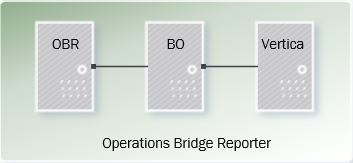
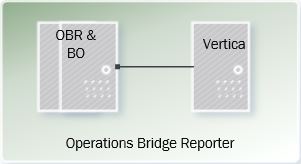
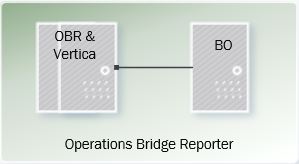

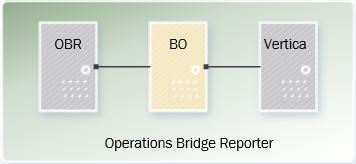

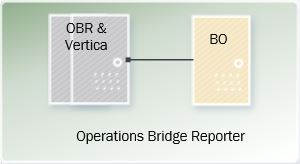
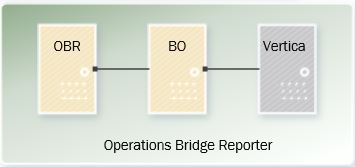
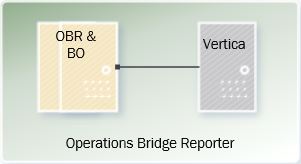
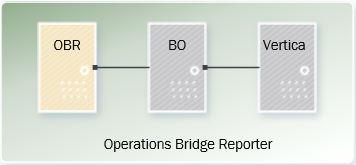
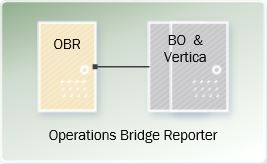
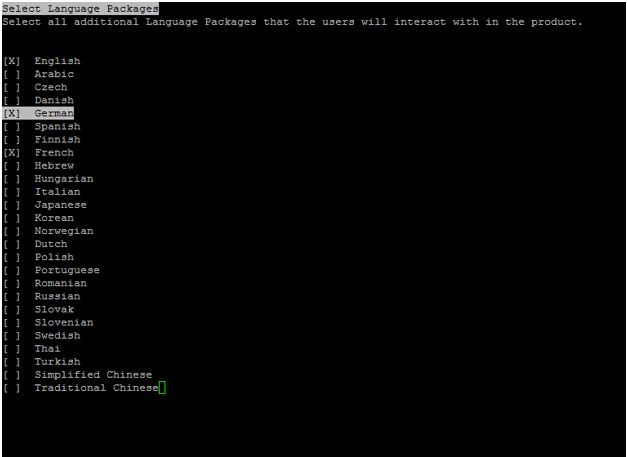
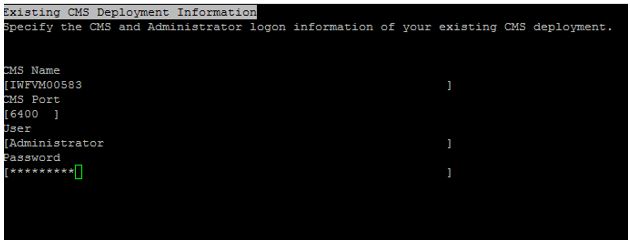

 from the task-bar to open the Server Manager Dashboard.
from the task-bar to open the Server Manager Dashboard.